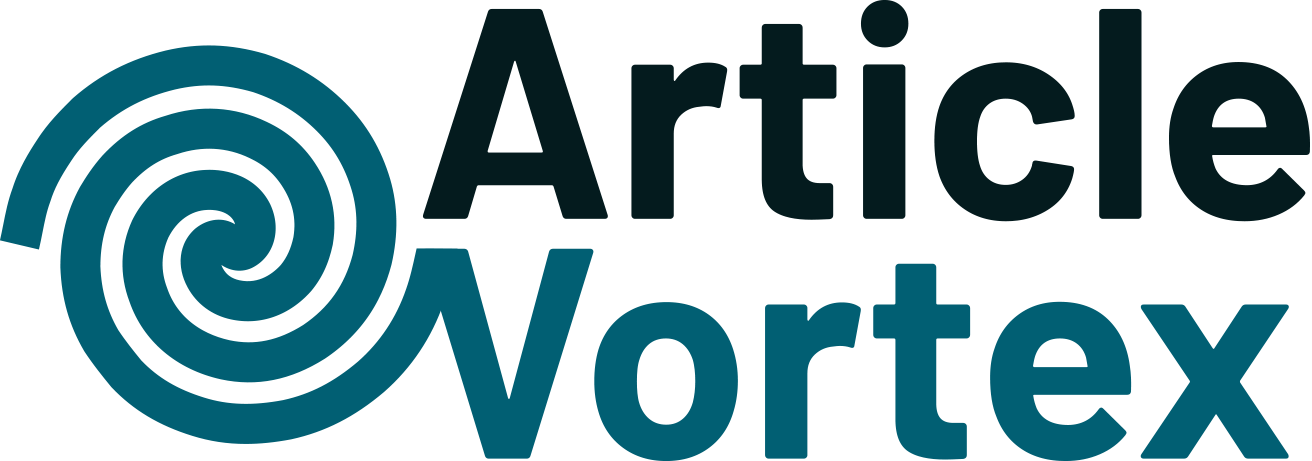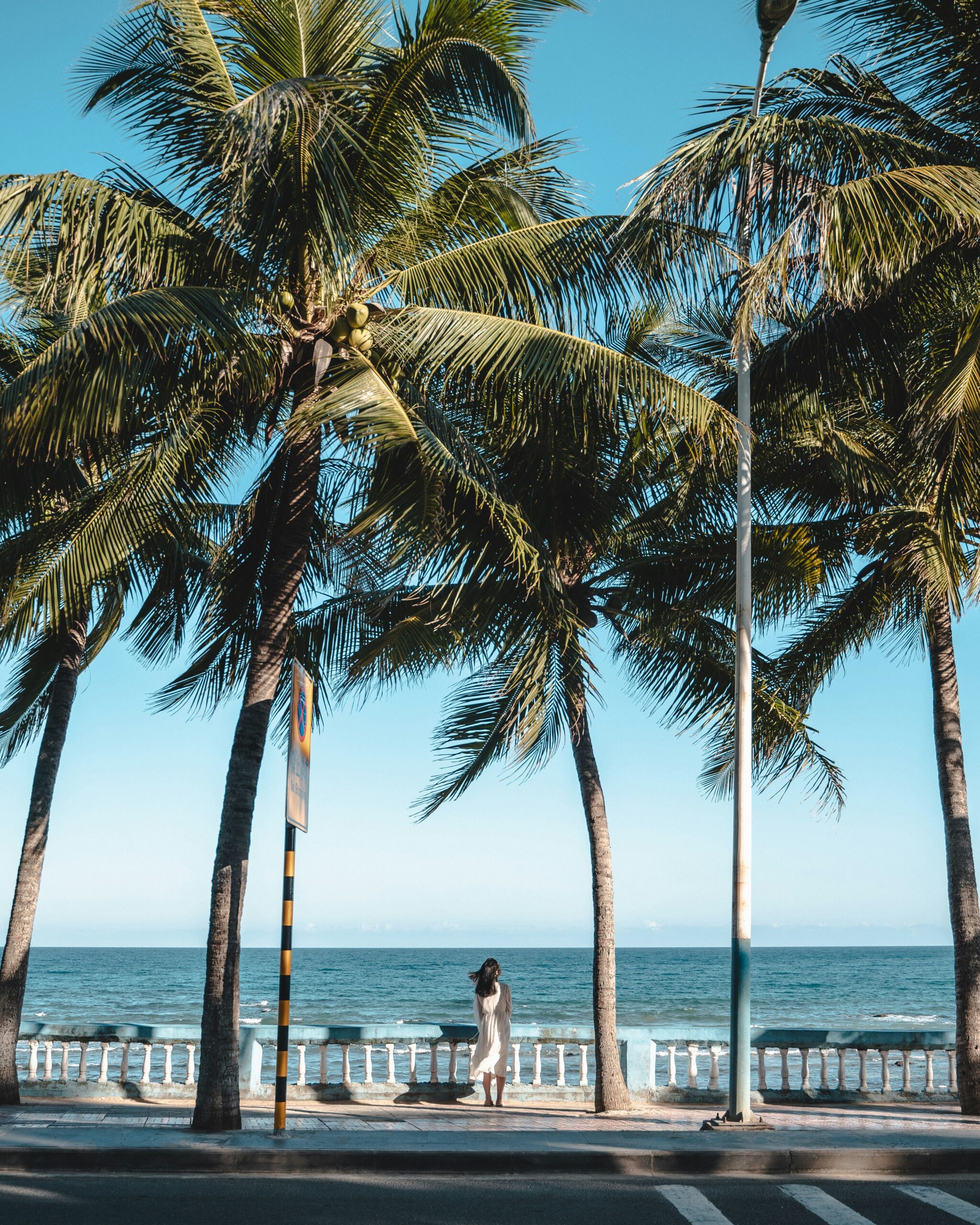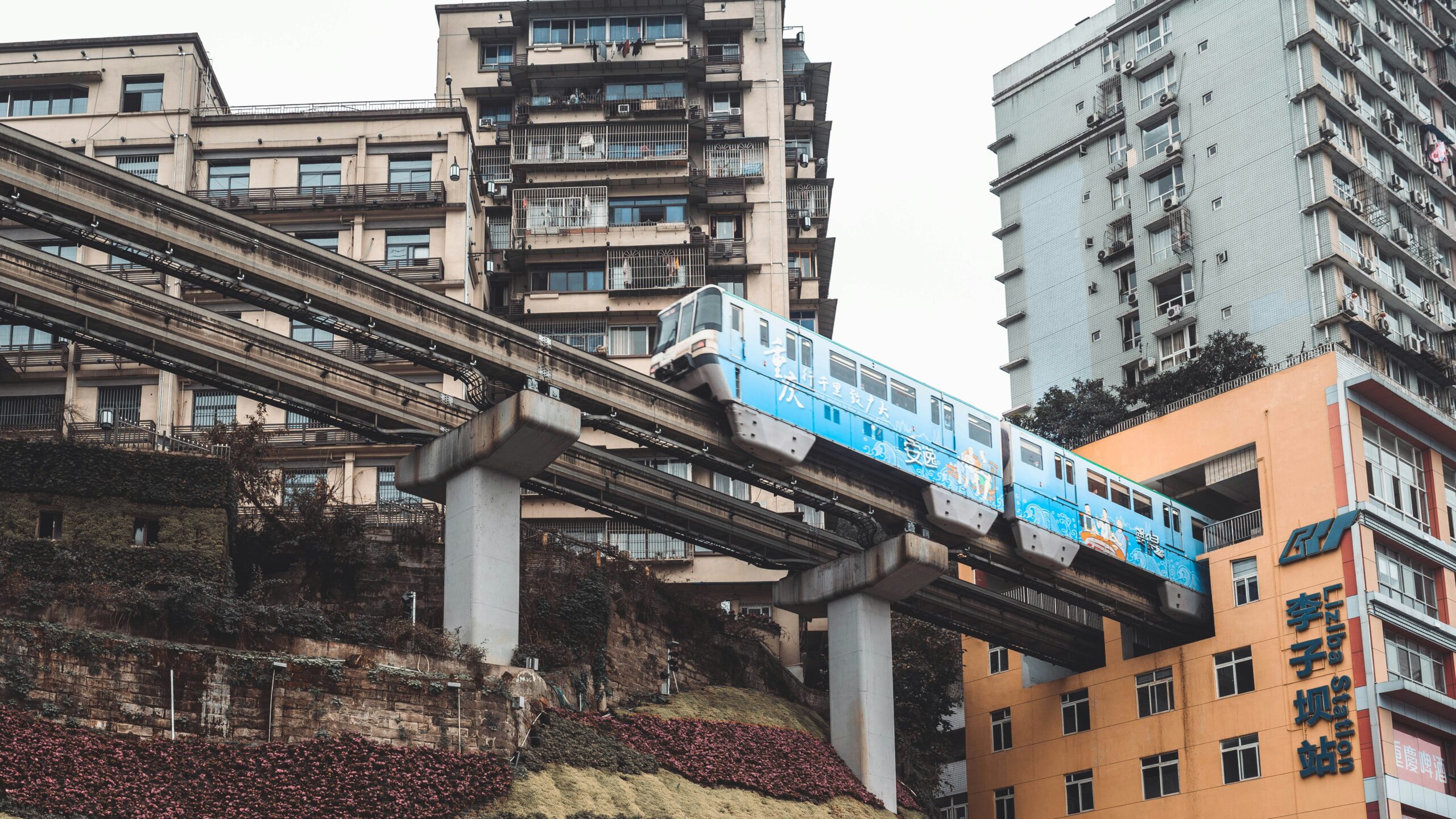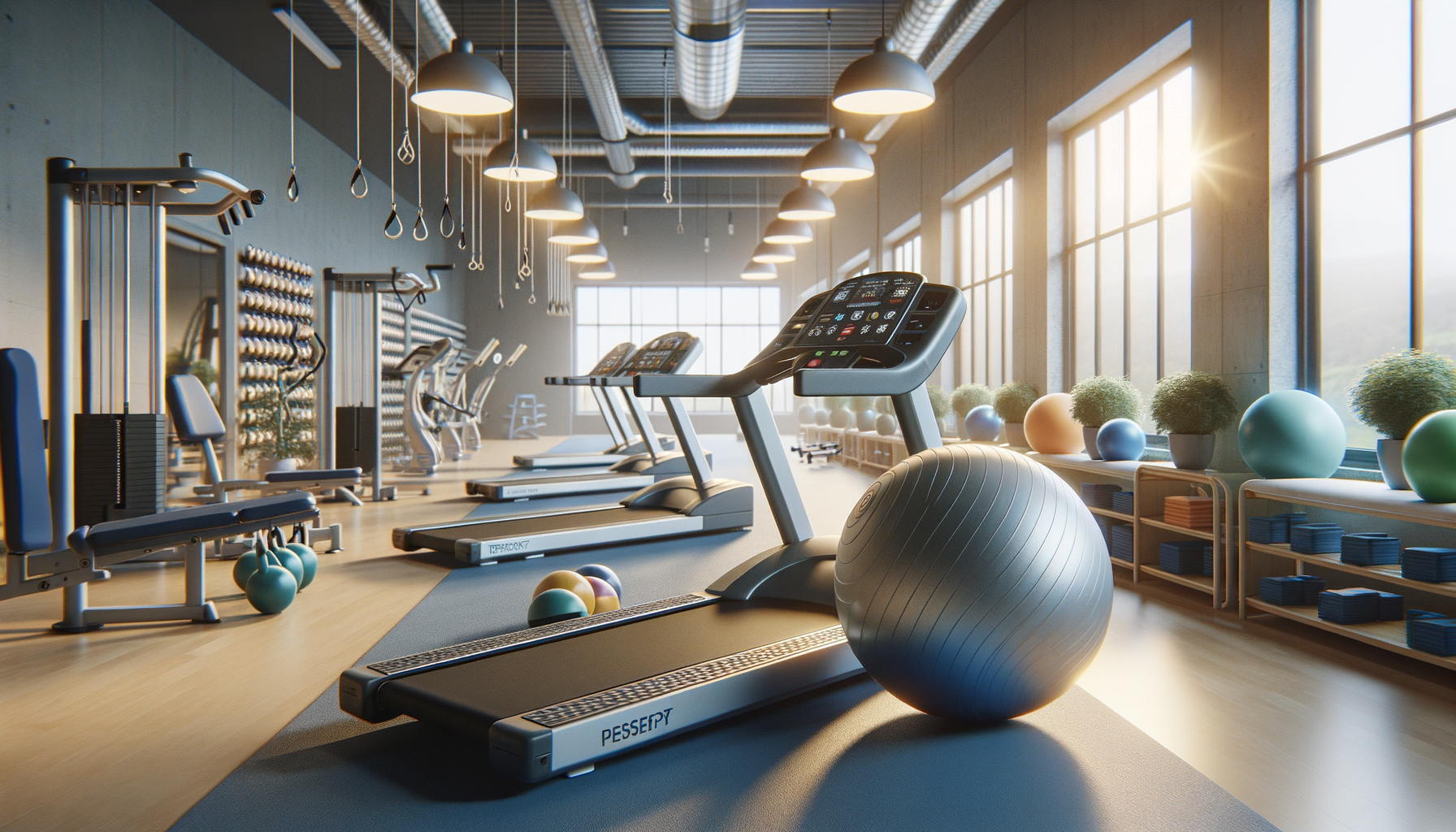Understanding the Impact of Stroke on Mobility
Stroke is a leading cause of long-term disability, affecting millions globally each year. It can severely impact an individual’s ability to move, balance, and perform daily activities. Understanding the specific ways in which a stroke affects mobility is crucial for developing effective rehabilitation strategies. When a stroke occurs, it disrupts the blood flow to the brain, leading to the death of brain cells in the affected area. This damage can result in various physical impairments, including muscle weakness, spasticity, and coordination difficulties.
For many stroke survivors, the road to recovery involves relearning how to perform basic movements. The severity of mobility impairment varies depending on the location and extent of the brain injury. Common challenges include difficulty walking, maintaining balance, and using one side of the body effectively. These impairments not only affect physical health but also have a profound impact on emotional well-being and independence.
Rehabilitation focuses on restoring as much function as possible, and it often requires a multidisciplinary approach. Physical therapists, occupational therapists, and other healthcare professionals work together to create personalized rehabilitation plans. These plans are tailored to the individual’s specific needs and goals, aiming to improve strength, flexibility, and coordination.
The Role of Physical Therapy in Stroke Recovery
Physical therapy plays a pivotal role in enhancing mobility post-stroke. It involves a series of exercises and techniques designed to improve muscle strength, flexibility, and coordination. The primary goal is to help stroke survivors regain their independence and improve their quality of life. Physical therapists assess each patient’s unique needs and develop a customized rehabilitation plan.
One of the key components of physical therapy is gait training, which focuses on improving the ability to walk. This may involve the use of assistive devices like walkers or canes, as well as exercises that target specific muscle groups. Therapists also work on balance and coordination exercises to reduce the risk of falls, which are a common concern for stroke survivors.
In addition to physical exercises, therapists may use techniques like electrical stimulation to enhance muscle function. This involves applying small electrical currents to the muscles to stimulate movement and improve muscle strength. Physical therapy is a collaborative process, requiring active participation from the patient and support from family members and caregivers.
Innovative Techniques for Enhancing Mobility
Advancements in rehabilitation science have introduced innovative techniques that can significantly enhance mobility for stroke survivors. One such technique is constraint-induced movement therapy (CIMT), which encourages the use of the affected limb by restricting the movement of the unaffected limb. This approach helps to improve motor function and increase the use of the affected arm or leg.
Another promising technique is robotic-assisted therapy, which uses robotic devices to facilitate movement and provide feedback. These devices can help patients practice repetitive movements, which are essential for neuroplasticity—the brain’s ability to reorganize itself and form new neural connections. Robotic therapy has been shown to improve motor recovery and functional outcomes for stroke survivors.
Virtual reality (VR) is also gaining popularity as a rehabilitation tool. VR creates immersive environments that simulate real-life scenarios, allowing patients to practice movements in a safe and controlled setting. This technology can make rehabilitation more engaging and enjoyable, which can motivate patients to adhere to their therapy programs.
The Importance of a Holistic Approach
While physical rehabilitation is crucial, a holistic approach that addresses both physical and emotional needs is essential for successful recovery. Stroke survivors often face psychological challenges such as depression, anxiety, and a loss of confidence. Addressing these issues is vital for improving overall well-being and enhancing the effectiveness of rehabilitation.
Incorporating mental health support into the rehabilitation process can make a significant difference. Counseling, support groups, and cognitive-behavioral therapy are valuable resources for helping individuals cope with the emotional impact of a stroke. Additionally, family involvement and social support play a critical role in recovery, providing encouragement and motivation.
Nutrition and lifestyle changes are also important components of a holistic approach. A balanced diet, rich in nutrients, supports brain health and aids in recovery. Regular physical activity, tailored to the individual’s capabilities, can improve cardiovascular health and reduce the risk of recurrent strokes.
Conclusion: Embracing the Journey to Recovery
Recovering from a stroke is a journey that requires patience, perseverance, and a comprehensive approach. By combining physical therapy, innovative techniques, and holistic support, stroke survivors can reclaim their strength and mobility. The path to recovery is unique for each individual, but with the right support and resources, it is possible to achieve significant improvements in mobility and quality of life.
It’s important for stroke survivors and their families to stay informed about the latest advancements in rehabilitation and to actively participate in the recovery process. Embracing a positive mindset and setting achievable goals can make a profound difference in the journey to recovery. With determination and the right support, stroke survivors can overcome challenges and lead fulfilling lives.












